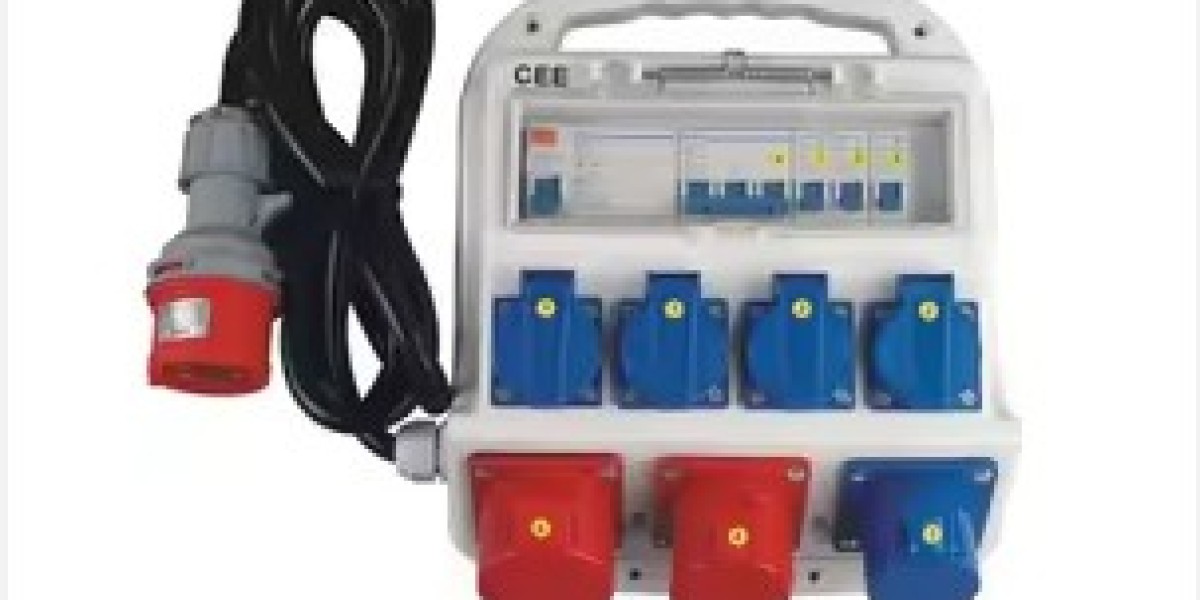In the race toward Industry 4.0, factories are redefining their infrastructure to align with the dual demands of efficiency and safety. Among the innovations driving this transformation, the distribution Socket Box stands out as a cornerstone of modern industrial design. As automation reshapes production lines and smart technologies demand seamless connectivity, these unassuming yet critical components are proving indispensable in bridging the gap between raw power and refined operational workflows.
The global manufacturing sector faces unprecedented pressure to modernize. With rising energy costs and stricter safety regulations, facilities must adopt solutions that minimize downtime while maximizing adaptability. Hidden power systems, such as the distribution Socket Box, address these challenges by integrating discreetly into complex environments. By safeguarding electrical connections from dust, moisture, and physical interference, they ensure uninterrupted workflows—a vital feature in industries where even minor disruptions translate to significant financial losses. Recent advancements in materials science have further enhanced their durability, enabling them to withstand extreme temperatures and mechanical stress common in heavy-duty settings.
Safety remains a non-negotiable priority. In facilities where exposed wiring once posed fire hazards or tripping risks, concealed electrical systems now offer robust protection. Innovations in insulation and modular design not only prevent accidents but also simplify compliance with international safety standards. For instance, industrial-grade distribution Socket Box units are increasingly equipped with advanced circuit protection mechanisms, reducing risks of overloads and short circuits. These improvements align with the growing emphasis on workplace safety certifications, making them a strategic investment for forward-thinking enterprises.
Aesthetic integration is another key advantage. Modern factories prioritize clean, minimalist layouts to enhance both functionality and employee morale. Concealed power solutions eliminate the visual clutter of traditional wiring, contributing to organized workspaces that foster productivity. This design philosophy resonates with the broader trend of "industrial elegance," where practicality meets sophistication—a concept gaining traction in sectors ranging from automotive manufacturing to precision electronics.
The rise of smart factories adds urgency to this evolution. Real-time data monitoring and IoT-enabled systems require power infrastructures that support seamless communication between machines. Hidden electrical components, by centralizing connections and shielding them from electromagnetic interference, ensure stable data transmission. Such reliability is critical for predictive maintenance algorithms and AI-driven quality control systems, which rely on uninterrupted power flows to optimize production cycles.
Sustainability further underscores the value of these innovations. As industries strive toward carbon neutrality, energy-efficient designs reduce waste and lower operational footprints. Hidden power systems minimize energy leakage through precision engineering, aligning with global initiatives like the EU’s Green Deal and Asia’s renewable energy transition.
For companies ready to embrace the future, upgrading to advanced power management solutions is no longer optional—it’s a competitive necessity. By prioritizing concealed electrical systems, manufacturers can achieve safer, more efficient, and visually harmonious environments. To explore cutting-edge technologies that redefine industrial power distribution, visit nante.com, where innovation meets practicality in the heart of modern manufacturing.






